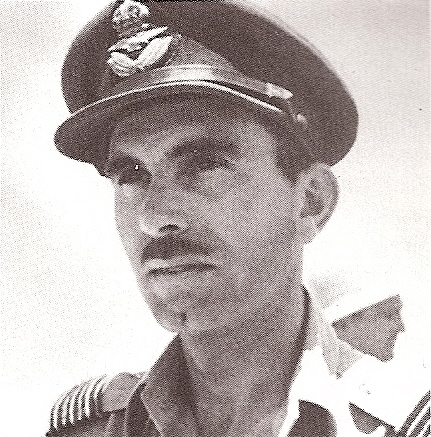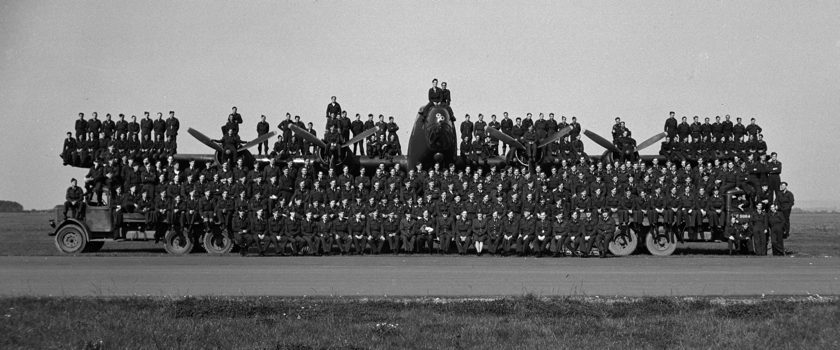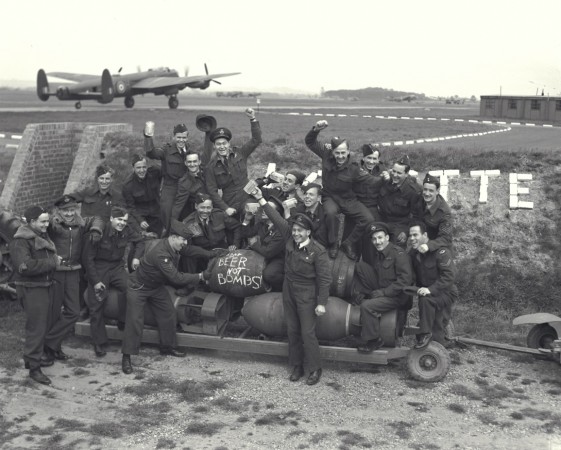
This did little to help the air force recruit French Canadians, even with the promise of language training. The RCAF simply did not have the equivalent of the army’s French-language battalions, in which members could operate in French and use English when dealing with other units. This changed 81 years ago, in 1942.
The Minister of National Defence for Air, Charles Gavan Power, from Quebec City, was determined to “Canadianize” the RCAF. He wanted to ensure that, as much as possible, Canadians served with Canadian squadrons, even if this meant their repatriation from Royal Air Force Units. The perfect example? French Canadians grouped to form a distinct squadron.
Some senior RCAF officers serving overseas, thought the idea impractical. Air Vice-Marshal Harold Edwards suggested that French-Canadians wouldn’t understand British accents during operations because even English Canadians had trouble with them. British Air Vice-Marshal Leslie Hollinghurst worried that “when they are together, [French Canadians] speak French exclusively and tend to forget their English.”
But Power insisted, and eventually Edwards, and even the RAF, warmed to the idea.

As the only French-Canadian squadron in Bomber Command, the men were proud and developed close bonds. Gilles Lamontagne—one of the squadron’s most celebrated veterans, who went on to become the mayor of Quebec City, the Canadian minister of national defence and lieutenant-governor of Quebec—recalled, in French, that “for French Canadians, it was a barrier that gave away.” It was this linguistic obstacle that Power had wanted torn down.
On the night of Oct. 5-6, 1942, the Alouettes launched their first mission, bombing Aachen, Germany. On Jan. 1, 1943, 425 transferred to the RCAF’s No. 6 Group. In May, the squadron moved to Tunisia, where it conducted operations against Italy. After returning to Dishforth in November, the squadron was re-equipped with the Handley Page Halifax four-engine heavy bomber and moved to RAF Tholthorpe, also in North Yorkshire, England.
Maintaining the French-Canadian character of the squadron proved difficult as losses mounted and replacements were scarce. Although more than 4,000 francophones served in other RCAF squadrons oversea, by December 1943, only 53 per cent of 425’s aircrew was French speaking.
The Alouette squadron’s last operation was on April 25, 1945, bombing gun batteries on Germany’s Frisian Islands in the North Sea. At the end of the war in Europe, 425 traded its Halifaxes for Avro Lancaster Mark Xs and returned to Canada to form part of “Tiger Force.” While it was intended for the ongoing war against Japan, the conflict ended following the atomic bombing of Hiroshima and Nagasaki and the squadron was disbanded.

For veteran Lamontagne, who was shot down in 1943 and captured by the Germans, the impact was more personal. “I will never forget this feeling of exaltation and pride that I experienced within the 425 Squadron, nor the spirit of camaraderie that reigned there. It was one of the great moments of my life.”
Advertisement












